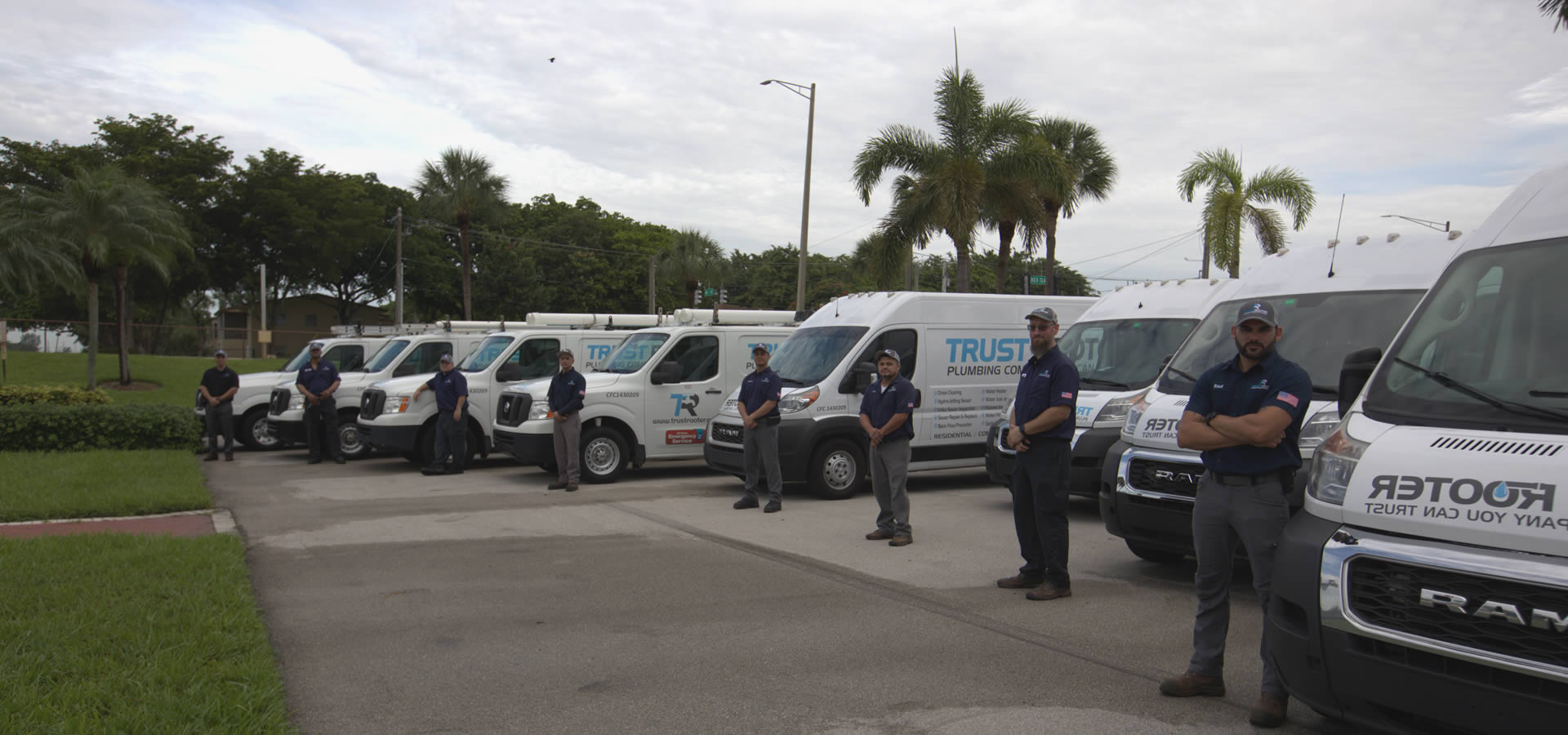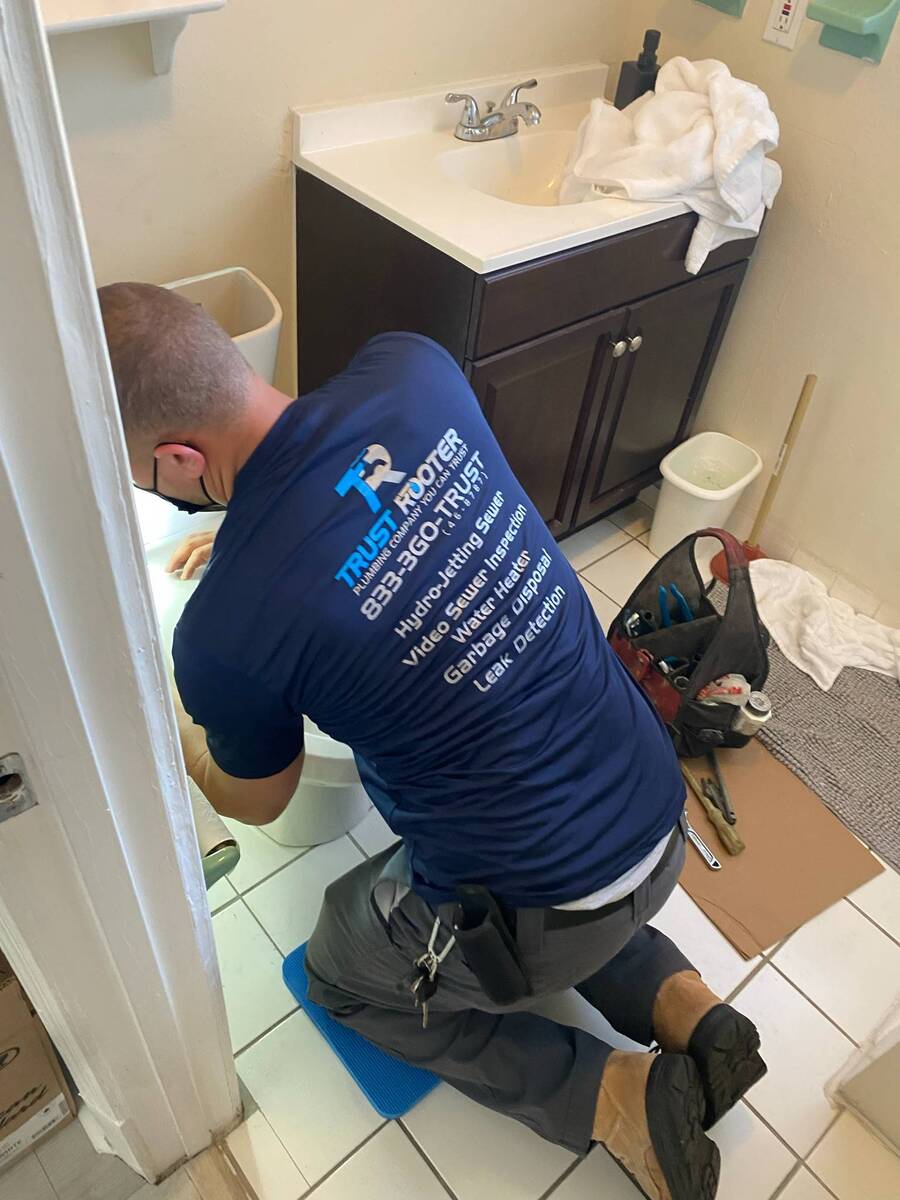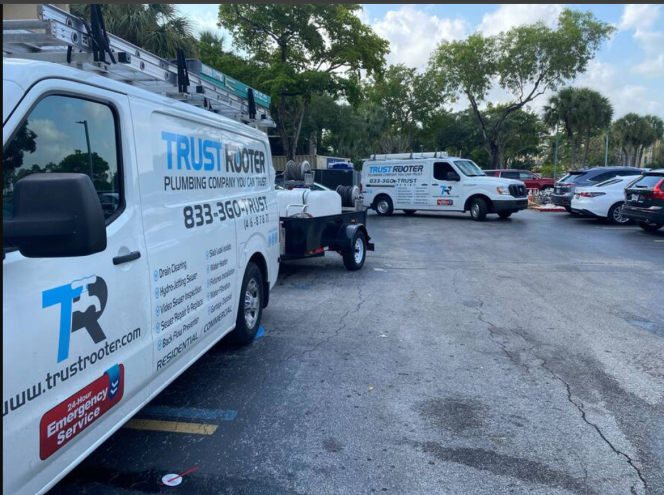Low-Flow Toilet Problems? Here’s What to Do
Although low-flow toilets are a terrific method to save water, they can have certain issues much like any domestic appliance. From clogs to weak flushing, these issues can turn a water-saving device into a frustrating one. If your low-flow toilet is problematic, don't panic; many of these problems are typical and can be easily fixed.
In this blog post, our professionals from the plumbing service, Trust Rooter Plumbing & Drain Cleaning will go over some of the most frequent low-flow toilet problems and what you can do to resolve them.
Common Low-Flow Toilet Problems
Low-flow toilets typically use less water per flush than older models. This figure is around 1.6 gallons compared to 3.5 or more. Although this decrease is great for conserving water, occasionally it causes particular issues including weak flushing power, regular obstructions, or even running toilets.
Lack of flushing power is among the most often voiced issues. This issue often results in incomplete waste removal, meaning you may need to flush multiple times, which defeats the purpose of a low-flow system. Another problem low-flow toilet users usually run against is clogs. Sometimes the smaller water volume finds it difficult to sufficiently move solid waste through the plumbing.
Finally, running toilets, where the water keeps flowing even after flushing, can present problems with both low- and regular toilets. In low-flow models, this usually results from incorrect flapper mechanisms or valve settings.
Adjust the Water Level
Changing the water level in the tank will help to solve several low-flow toilet issues. If the tank is not at its full capacity, that can be the reason for poor flushing power. To make sure of this, check by opening the toilet tank lid and noting the water level. Usually, a mark on most toilets indicates the ideal water level. If the water level is low, adjust the float or valve to let extra water into the tank.
It is noteworthy that raising the water level may lower water savings even if it increases flushing power. The key is to strike a mix between water saving and enough flushing power.
Keep Your Toilet Clean
Mineral accumulation inside the rim or trapway of your toilet can restrict water flow and cause weak flushing or jams. Look for calcium or lime deposits both inside the bowl and around the rim if your toilet isn't flushing like it should be.
Mineral accumulation can be removed with basic cleaning such as using a vinegar and baking soda mixture or a special toilet cleaner, therefore restoring flushing power. If this does not resolve the issue, it is advised to call a plumbing repair service to assist with a more extensive inspection or cleaning.
Check for Leaks
Although they can be difficult to find, leaks in a low-flow toilet compromise performance and cause wasted water. An often occurring indication of a leak is a running toilet. This can result from an incorrectly tuned fill valve or a defective flapper.
Put a few drops of food coloring in the tank and wait around half an hour without flushing to look for leaks. Should the bowl's water change color, you have a leak requiring toilet repair. A flapper replacement or valve adjustment by a plumber will restore your toilet's efficiency.
Need a Reliable Company?
Are you in need of a toilet installation? Luckily, we at Trust Rooter Plumbing & Drain Cleaning have dedicated workers ready at your service. Contact our representatives for more questions.



 Oct 02,2024
Oct 02,2024


